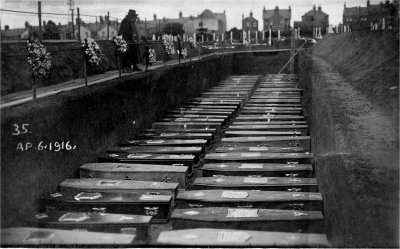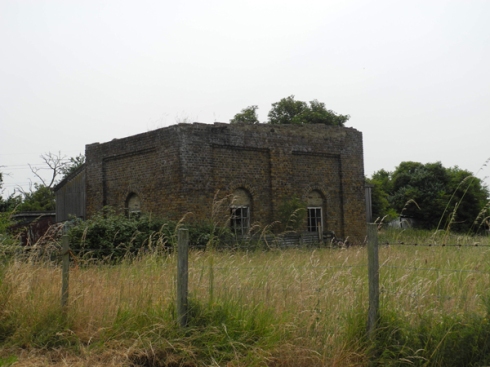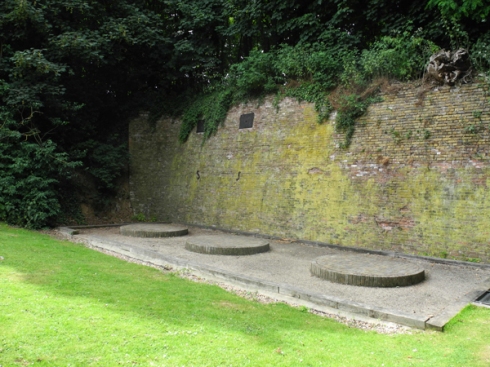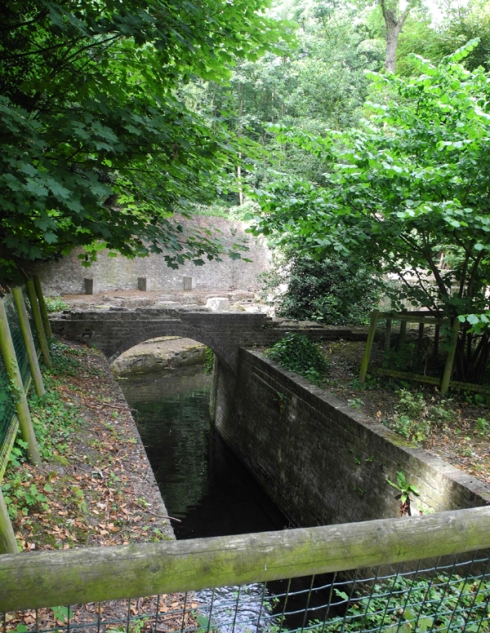The story of the tragedy of explosives workers of Faversham 1916 never made it into the newspapers of the day. In fact, it was kept a secret. On 2nd April 1916 there was a huge explosion that was heard as far away as Norwich and most of the coastal towns along the estuary. It resulted in 108 fatalities and 172 casualties.
Such was the extent of the disaster that a mass grave was dug for 69 of the victims in the the cemetery in Love Lane Faversham. Almost a hundred years later a visitor can still be overcome by the scale of the grave. The inscription reads:
“ Sacred to the memory of the men who died in the service of their country 2nd April 1916. Father in thy gracious keeping leave we now thy servants sleeping.”
No mention in the inscription of the accident because the country was plunged in the First World War and this was a military secret. At the time, there were many rumours about how a fire started in the Explosive’s Loading Company. One was that the fire had been started by a German spy. There was an official report of the accident by His Majesty’s Inspector of Explosives which concluded that a fire from a chimney spread to 15 tons of TNT and 150 tons of ammonium nitrate. Sadly, it also concluded that the supply of water hydrants and qualified firemen (they most certainly would have been men at this time) were insufficient. It also cited human error. A poignant reminder of war-time conditions when the country was desperate to increase the out-put of munitions badly needed on the front.
The site of the explosion was at Uplees on the River Swale. It’s hard to believe that once, this isolated spot was once the centre of an explosives factory as much of this land has been returned to pasture. One isolated building remains which, according to contemporaneous maps, is likely to have been the gatehouse to the factory.
Close by is the Oare Gunpowder Works which dates back to the late C17th. It became part of the Nobel company in he 1920s later renamed Imperial Chemical Industries. It closed in 1934 and many of the buildings were demolished.
Some of the machinery was moved to Ardeer in Ayrshire in Scotland. Now it is a country park that has a heritage trail that take you around the remains of the buildings.






Leave a comment
Comments feed for this article